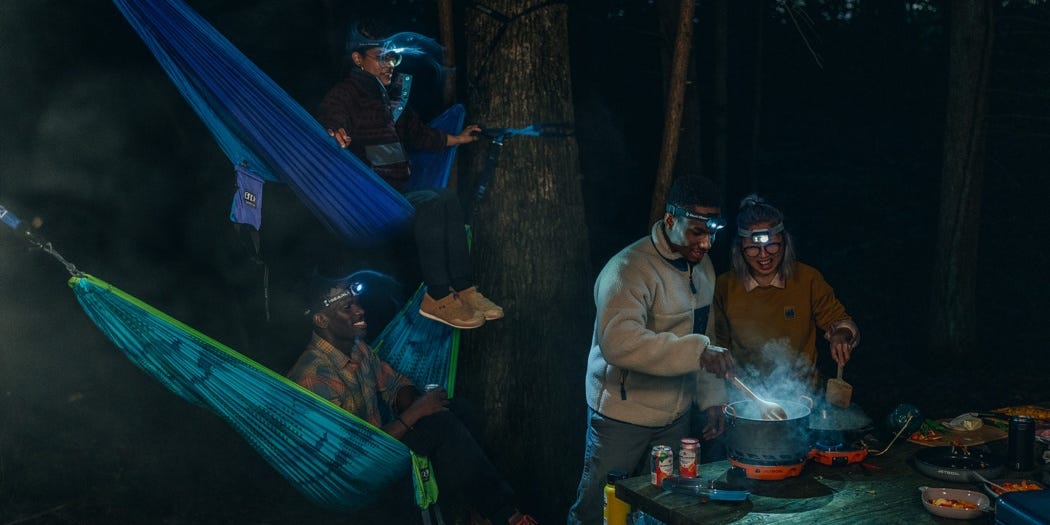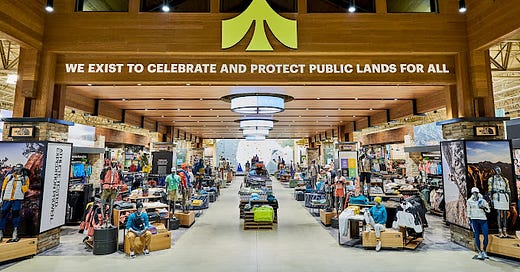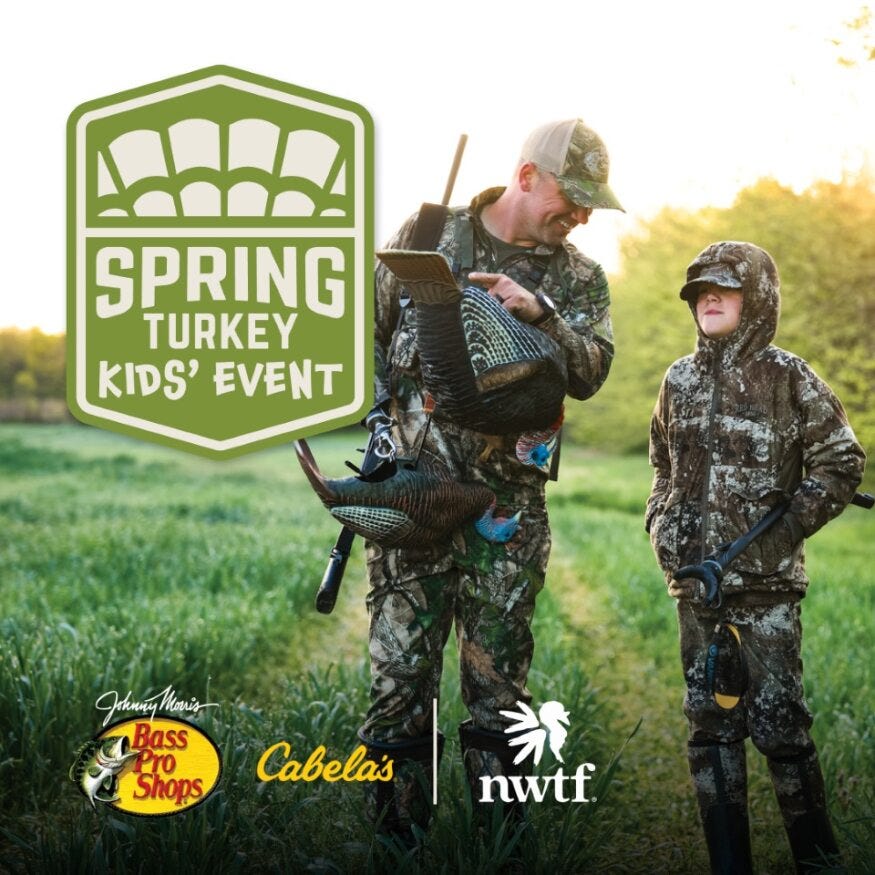You might have seen the news—DICK’s Sporting Goods is pulling back its Public Lands experiment, closing five of its eight remaining locations.
If you’ve been paying attention, this isn’t surprising.
Public Lands was supposed to be DICK’s entry into the outdoor specialty space, a direct competitor to REI, but with their own spin. The problem? It wasn’t built for the full spectrum of outdoor consumers.
DICK’s didn’t just create a new outdoor retail concept. They erased one.
In 2024, they replaced Field & Stream—one of the last big-box stores catering to hunting and fishing—with a cleaned-up, rebranded version of “public lands” that fit their vision of the outdoors, but not necessarily the reality of how millions of people actually use it.
—
Before we dive deeper into this story, I want to be clear that I’m likely coming at this from a personal perspective (these are OPINION pieces after all). There are objective business facts that led to this outcome, but I also pull in some of my personal viewpoints on the state of the outdoor retail industry into this article that you might not agree with.
I welcome you to share your perspective in the comments!
What DICK’s Got Wrong About the Outdoor Market
Outdoor retailers love to talk about "Public Lands." It’s a phrase that sounds universal, inclusive, like it represents everyone who spends time outside.
But Public Lands, as DICK’s defined it, was never all-inclusive.
It was a retail experience built for weekend campers, day hikers, and aspirational adventurers. It was stocked with premium brands, miles of high-priced coolers, and apparel designed more for aesthetics than rugged use.
To be clear, there’s nothing wrong with that—REI has built an empire on that exact audience.
But here’s the problem:
When they took away a major hunting and fishing retailer in Field & Stream and tried to replace it with a curated, REI-lite version of the outdoor experience, they lost many of the core consumers that made their outdoor business work in the first place.
DSG has been stepping away from hunting and fishing for years. They pulled firearms off their shelves nationwide in 2018 in direct response to the Parkland school shooting. They scaled back their hunting selection in-store. They sold off the Field & Stream brand entirely in 2024.
Those decisions were all within their rights, but replacing it with Public Lands was an attempt to redefine outdoor retail in their image—and it didn’t stick.
A Field & Stream customer wasn’t just buying a cooler—they were buying a cooler that could withstand a week-long elk hunt or sit at the bottom of a jon boat on a muggy afternoon.
Public Lands wanted to sell coolers too, but suddenly, they weren’t for the backcountry anymore. They were for tailgates and soccer games.
That shift didn’t go unnoticed.

Outdoor Retail’s Identity Crisis
Public Lands isn’t closing stores because outdoor participation is shrinking— I believe it’s part of a larger trend.
REI, Patagonia, and L.L. Bean have all had layoffs in the past year. Orvis cut 8% of its workforce last year. The pandemic outdoor boom is over, and retailers that over-expanded or miscalculated their audience are feeling the impact.
But not all outdoor brands are struggling. The ones that remain steady are the ones that understand who their customer is and what they need.
Public Lands was never built for the hunter or angler, but it also wasn’t built for the true outdoor specialist. It was built for the casual adventurer, the suburban explorer, the soccer parent who wants to feel outdoorsy.
That audience exists—but it’s already well-served.
When you remove a retail space that catered to a broad swath of outdoor consumers and replace it with a narrower, sanitized version of what outdoor recreation looks like, you can’t be surprised when the numbers don’t add up.
Closing The Loop
Outdoor retail isn’t dying. But the version of outdoor retail that tries to pretend hunting and fishing don’t exist, or that only caters to a narrow slice of outdoor consumers, will always be limited.
DICK’s made a bet. They tried to move away from hunting and fishing and repackage "public lands" as something else.
It clearly didn’t work.
Outdoor brands and retailers have a choice. They can chase a version of the outdoors that looks good in marketing campaigns but doesn’t reflect reality, or they can serve the people who are actually outside, day in and day out.
Public Lands made their choice. Their customers made theirs.
And now, the stores are closing.
About SCOUT
Many brands are trying to do too much—or worse, trying to be everything to everyone. At SCOUT STUDIO, we focus on what works, cut out what doesn’t and find a way forward that makes sense for your brand.
We have a particular passion for working with heritage brands—the ones that value quality, craftsmanship, and authenticity. We help you cut through the noise, sharpen your focus, and make decisions that matter.








I noticed that the last time I was in there that it seemed to have changed. We did find a pair of shoes for my daughter for her fencing. No they aren't officially fencing shoes but don't need to be.